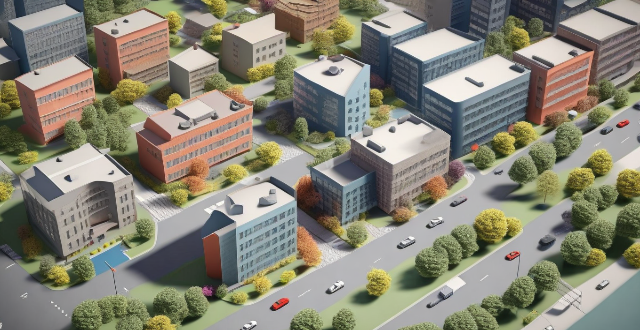The article discusses the challenges and opportunities for sustainable sports development in cities. Challenges include limited space due to urbanization, environmental impact from construction and energy consumption, economic considerations such as funding and maintenance costs, social inclusivity issues like accessibility and cultural barriers, and policy and planning challenges like lack of coordination and short-termism. Opportunities include promoting health and wellbeing through community fitness and mental health benefits, environmental innovation through green technology and natural design, economic growth from tourism and job creation, community building through social cohesion and youth development, and urban planning through infrastructure synergy and brownfield redevelopment. Collaboration between various stakeholders is crucial for achieving sustainable sports development in cities that balances economic growth with ecological responsibility and social equity.

Challenges and Opportunities for Sustainable Sports Development in Cities
Challenges:
1. Limited Space:
- Urbanization: As more people move into cities, available space for sports facilities becomes scarce.
- Competing Uses: Parks and open areas often have to cater to multiple needs, including housing, commercial development, and transportation.
2. Environmental Impact:
- Construction: Building new sports facilities can lead to habitat destruction and increased carbon footprint.
- Energy Consumption: Large stadiums and arenas require significant energy, contributing to pollution and global warming.
3. Economic Considerations:
- Funding: Allocating budget for sustainable sports infrastructure can be a challenge with competing financial priorities.
- Maintenance Costs: Green sports facilities may have higher upfront costs and maintenance requirements.
4. Social Inclusivity:
- Accessibility: Ensuring that all members of the community can access sports facilities, especially those with disabilities or lower incomes.
- Cultural Barriers: Overcoming cultural differences that may discourage certain groups from participating in sports activities.
5. Policy and Planning:
- Lack of Coordination: Integrating sports development into broader urban planning strategies can be complex without clear policies.
- Short-termism: Political cycles may favor immediate results over long-term sustainable projects.
Opportunities:
1. Health and Wellbeing:
- Community Fitness: Promoting physical activity through accessible sports facilities contributes to public health.
- Mental Health Benefits: Participating in sports reduces stress and improves mental wellbeing.
2. Environmental Innovation:
- Green Technology: Incorporating solar panels, water-saving systems, and other eco-friendly technologies in sports facilities.
- Natural Design: Using natural landscapes for sports activities like hiking trails or outdoor gyms.
3. Economic Growth:
- Tourism: Hosting sporting events can attract tourists and boost local economies.
- Job Creation: Sports development provides employment opportunities in construction, management, and ancillary services.
4. Community Building:
- Social Cohesion: Sports activities bring people together and foster a sense of community.
- Youth Development: Providing youth with safe spaces for physical activity and skill development.
5. Urban Planning:
- Infrastructure Synergy: Integrating sports facilities into existing transport and utility networks for efficiency.
- Brownfield Redevelopment: Converting underused or polluted sites into sports venues as part of regeneration projects.
To achieve sustainable sports development in cities, it is crucial to address these challenges while leveraging the opportunities presented by urban environments. This requires collaboration between government agencies, private sector investors, community organizations, and environmental advocates to create a holistic approach that balances economic growth with ecological responsibility and social equity.